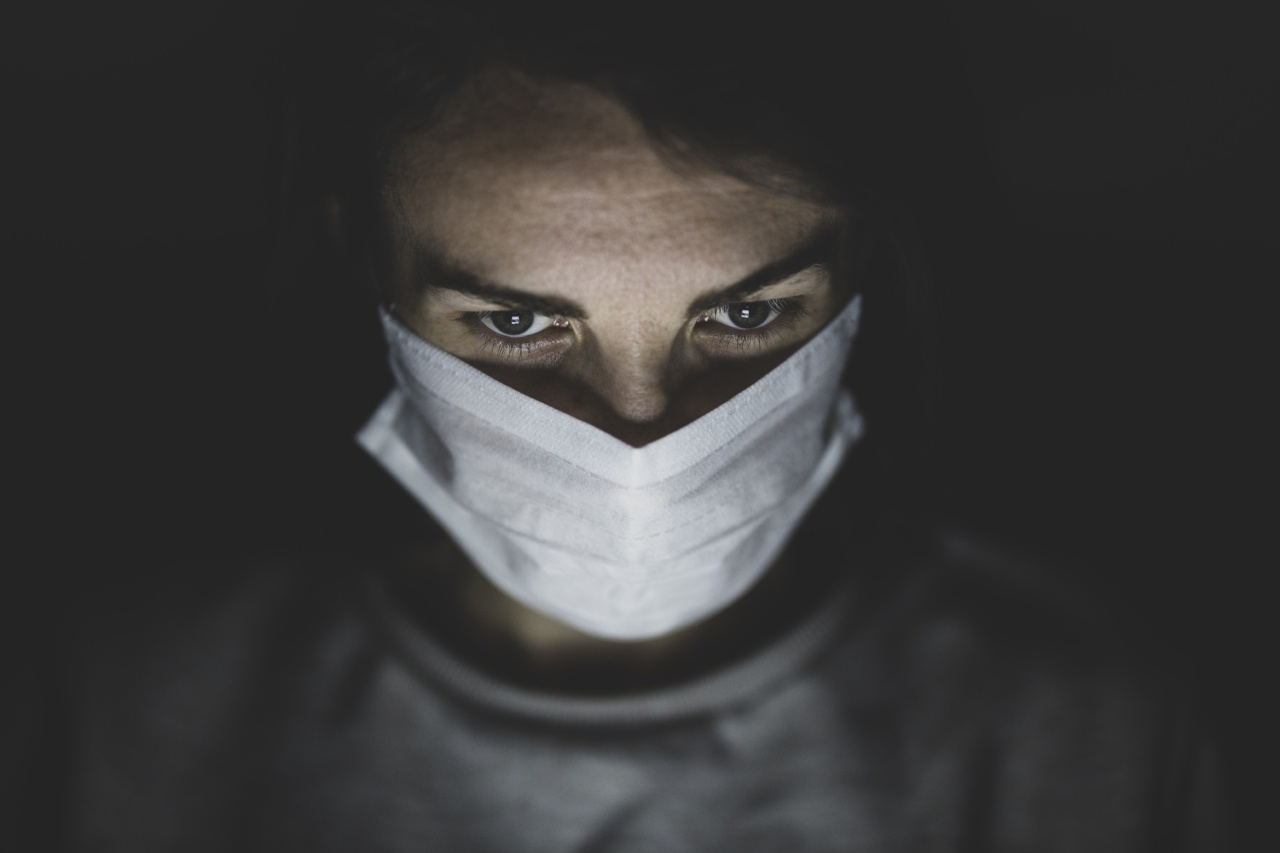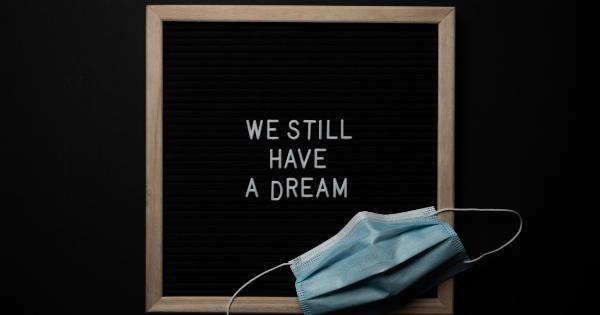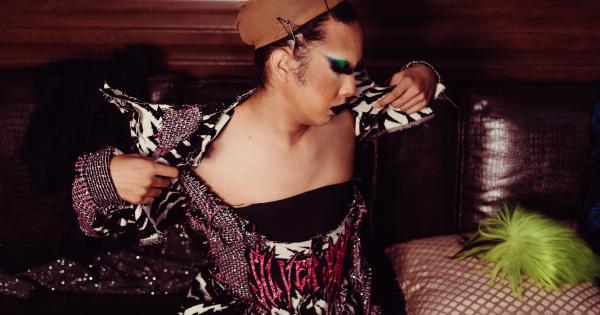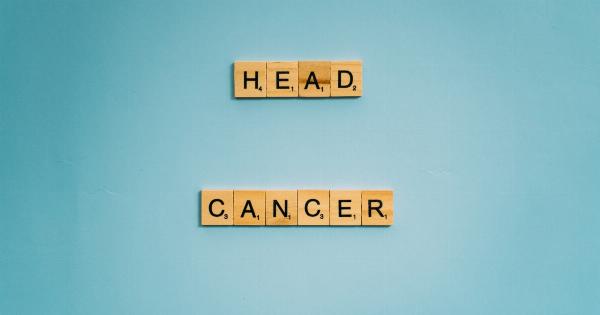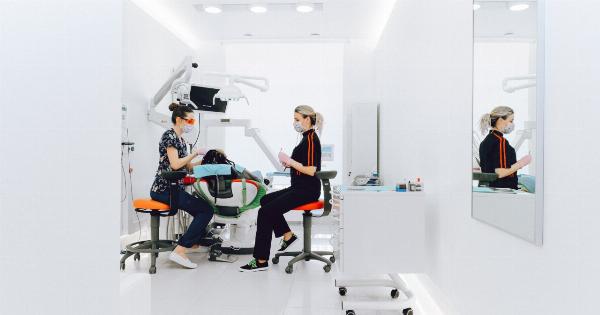Warts are common skin growths caused by the human papillomavirus (HPV) infection. While both men and women can develop warts, the symptoms and manifestations may vary between the sexes.
In this article, we will specifically explore the symptoms of warts in men after infection.
1. Raised or Flat Texture
One of the primary symptoms of warts in men is a raised or flat texture on the skin. Warts can appear as rough or smooth growths, depending on the strain of HPV.
These growths may range in size, from tiny pinprick-like bumps to larger, more noticeable clusters.
2. Flesh-Colored or Grayish Appearance
Warts in men generally have a flesh-colored or grayish appearance. This can help distinguish them from other skin conditions or growths. The coloration may vary slightly depending on the individual’s skin tone.
Warts are often mistaken for skin tags or moles, but they have distinctive features.
3. Cauliflower-Like Appearance
Certain types of warts, such as genital warts, can have a cauliflower-like appearance. This is particularly true for sexually transmitted warts. These warts may have a bumpy or irregular surface, resembling a small cluster of tiny cauliflower florets.
4. Itching or Irritation
Warts can cause itching or irritation in the affected area. This can vary in intensity from mild discomfort to persistent itching, which may worsen with friction or scratching.
It is important to avoid scratching the warts, as this can lead to further complications or the spread of the infection.
5. Pain or Discomfort
Some men may experience pain or discomfort when warts develop on sensitive areas, such as the genitals or anus. This can be particularly distressing, especially if the warts interfere with daily activities or sexual function.
Seeking medical attention is recommended in such cases.
6. Bleeding
In rare cases, warts may bleed, especially if they are scratched, injured, or irritated. This bleeding is typically minor, but it is important to keep the affected area clean and seek medical advice to prevent infection or further complications.
7. Rapid Growth or Spreading
If left untreated, warts can grow rapidly in size and number. They can spread to nearby areas of the body or to sexual partners. It is essential to seek prompt medical attention for proper diagnosis and treatment to prevent the further spread of warts.
8. Cluster Formation
Warts often appear in clusters rather than as isolated growths. This is particularly common with genital warts, where multiple small warts may group together.
These clusters can be more difficult to treat and eliminate, requiring specialized medical intervention.
9. Texture Similar to a Callus
In some cases, warts may have a texture similar to a callus. They can feel rough, dry, or hardened to the touch. It is important not to confuse warts with calluses, as their causes and treatments differ.
10. Persistence
Lastly, the persistence of warts is a common symptom in men. Warts may not go away on their own and can persist for months or even years if left untreated.
Seeking appropriate medical treatment is essential to effectively eliminate warts and prevent their recurrence.
